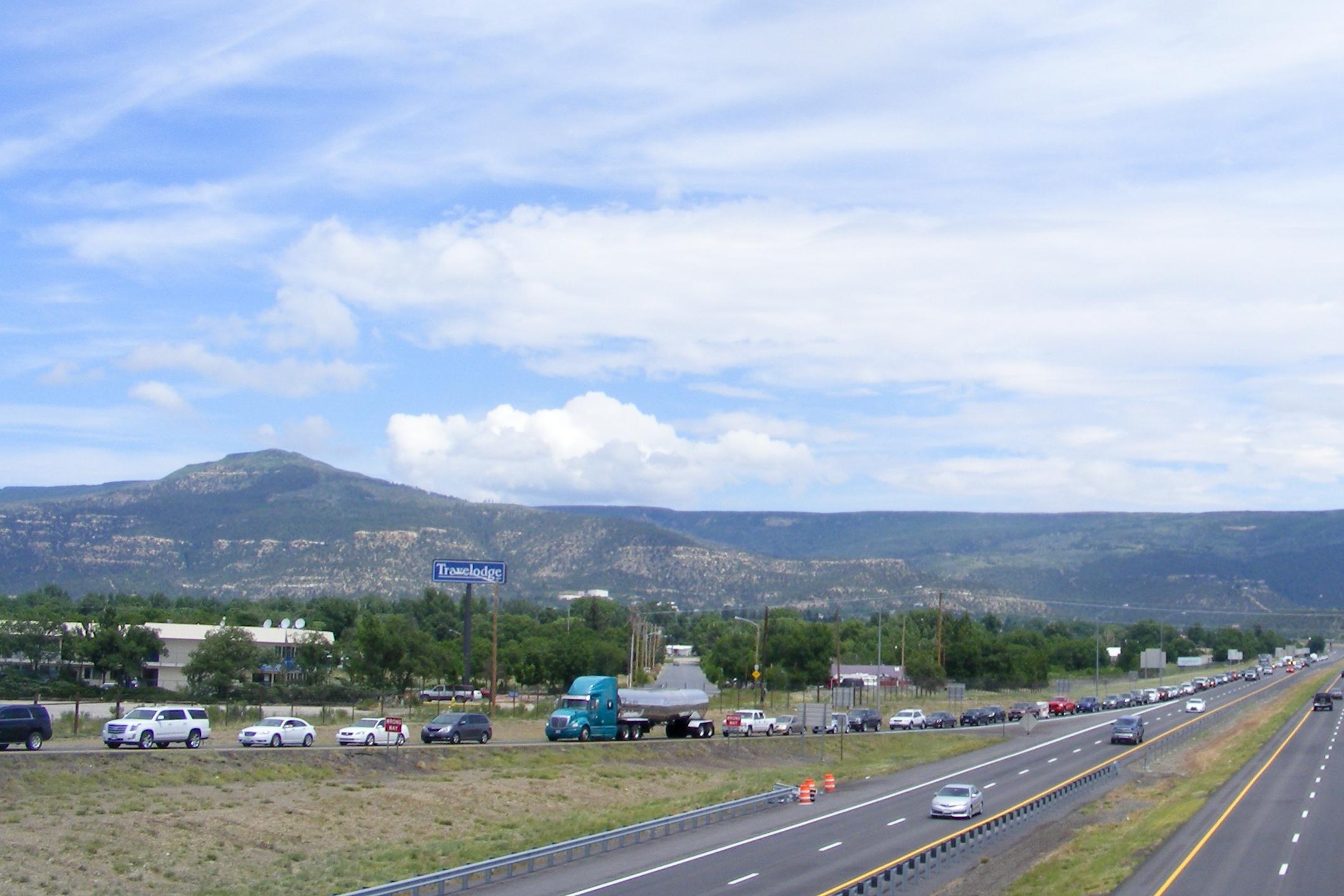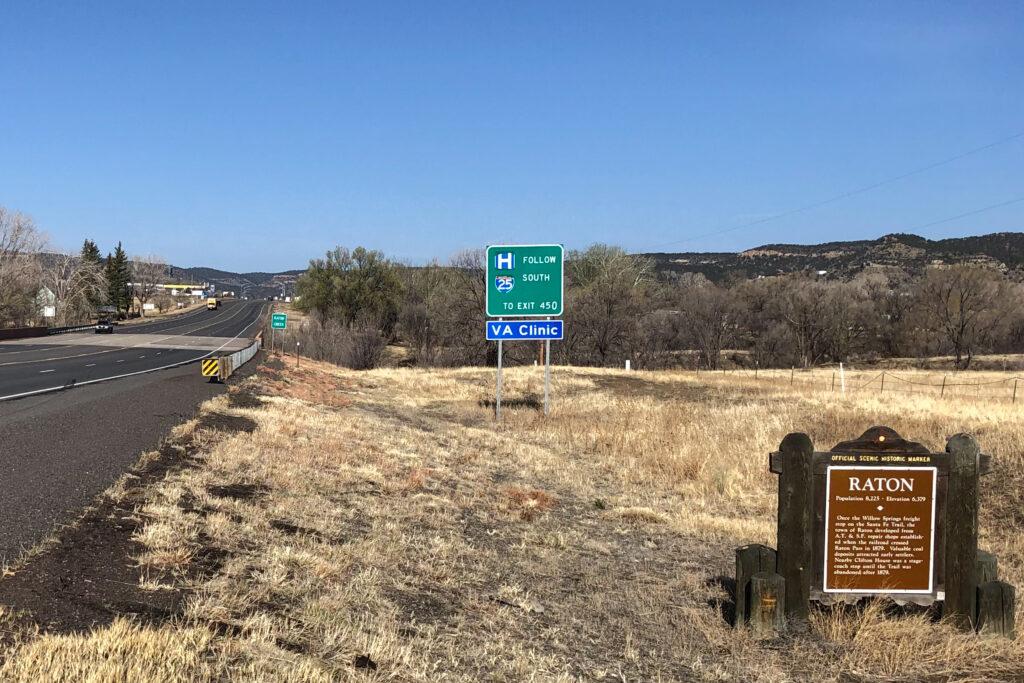
It could be a lot easier to drive from Texas to Colorado in the future. Recent federal legislation has opened the door to connecting Interstate 27 in north Texas to Interstate 25 in Raton, N.M. just south of the Colorado border.
The new section of interstate would be part of the U.S. Ports-to-Plains Corridor that runs from Mexico to Canada. It’s still in the planning stages, but Raton city manager Scott Berry said it will help address frequent traffic bottlenecks.
“I think we'll address the safety concern on the route,” he said of US Highway 87, which is the current route traffic follows. “It also brings economic development opportunities to our community and other communities in northeastern New Mexico.”
There are different options for the connection, but according to a study done last year for the New Mexico Department of Transportation and Eastern Plains Council of Governments, upgrading the existing route along U.S. Highways 87/64 to interstate standards would benefit agriculture, renewable energy and tourism. It could also create some 3,400 new permanent jobs in the area.

“Generally for Raton,” Berry said of improving the connection to I-25, “our economic development plan is built around a lot of traffic on that highway.”
According to the study, improving the route to Interstate Highway standards, "traffic is projected to increase between 1% and 2%."
“Improvement or expansion of the corridor would not create traffic congestion along the corridor,” it goes on to say.
The study looked at two possible options for this project with estimated costs ranging between $219 million to rehabilitate the current corridor and $1.3 billion to convert the existing highway in the corridor to an interstate.
Matt Inzeo with the Colorado Department of Transportation said in an email that based on the information they currently have, “it's hard to anticipate what changes we might see in Colorado at this point. Because this area is between Colorado and our closest shipping port in Houston, we will continue to monitor this project development and especially any anticipated changes to freight movement.”
It could be decades before anyone is driving on the new interstate highway.









